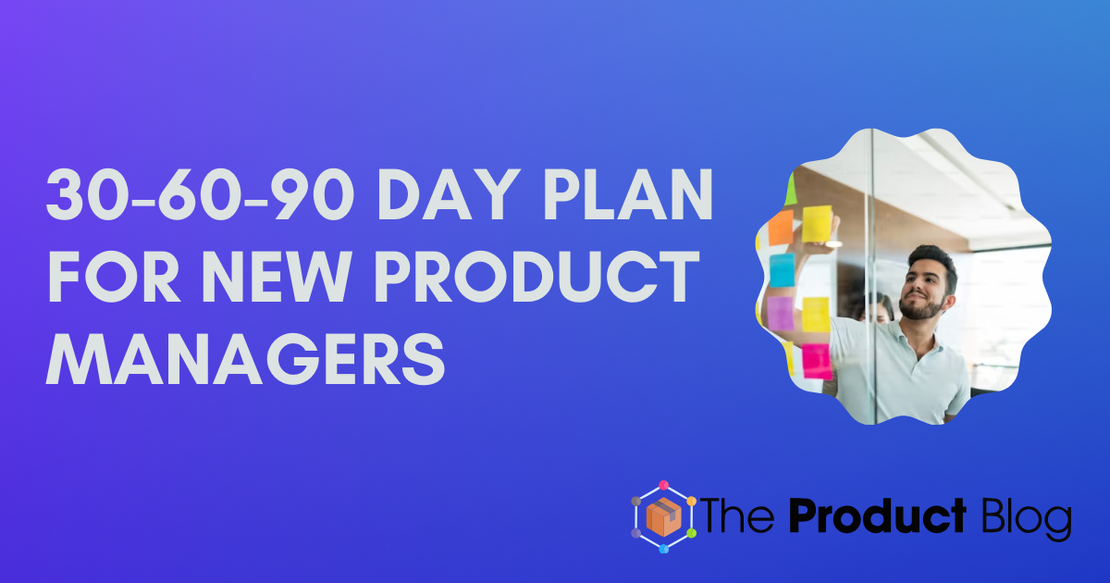As a new product manager joining a team, creating a structured onboarding plan for your first 90 days is crucial for setting yourself up for success. This plan serves as a roadmap, aligning expectations with your manager and team while ensuring you tackle the right priorities during this pivotal transition period.
The Importance of a 30-60-90 Day Plan
A well-crafted 30-60-90 day plan offers several benefits:
Aligns Expectations: By discussing and documenting your plan with your manager, you ensure that both parties are on the same page regarding deliverables, timelines, and priorities.
Provides Structure: The plan establishes a clear framework for your onboarding, helping you stay focused and productive during the initial months when there is a steep learning curve.
Facilitates Learning: The plan should emphasize learning about the company, product, customers, and team dynamics, enabling you to make informed decisions and build credibility.
Identifies Quick Wins: Incorporating achievable goals and quick wins into the plan allows you to demonstrate your value and capabilities early on, building momentum and confidence within the team.
The 30-60-90 Day Plan Breakdown
Let’s delve into the key components of an effective 30-60-90 day plan for a new product manager:
First 30 Days
The first 30 days should be primarily dedicated to learning and relationship-building:
Company Onboarding: Complete HR paperwork, training, and familiarize yourself with company policies and processes.
Learn the Product and Team: Understand the team’s current plans, needs, and processes. Shadow experienced team members, attend relevant meetings, and use the product extensively.
Meet Stakeholders: Schedule introductory meetings with key stakeholders, including your immediate team, cross-functional partners, executives, and customers.
Deliverable Example: Complete a “Starter Project” by week 3, such as launching an A/B test or implementing a small feature, to gain hands-on experience with the team’s workflows.
First 60 Days
As you gain more context and credibility, gradually take on more responsibilities:
Lead Execution: Take over as the primary product manager, with reverse shadowing from the previous PM or an experienced team member.
Continue Learning: Attend customer meetings, review support tickets, and immerse yourself in the product and market landscape.
Deliverable Example: Run execution for a major launch or create a quarterly roadmap for the team by the end of this period.
First 90 Days
By the end of the third month, you should be operating independently and demonstrating your impact:
Independent Leadership: Lead the team without reverse shadowing, making informed decisions and driving initiatives.
Continuous Learning: Maintain a consistent pulse on customer needs, market trends, and areas for product improvement.
Deliverable Example: Achieve team OKRs (Objectives and Key Results) or launch a significant product update.
Tips for Crafting an Effective Plan
To create a tailored and impactful 30-60-90 day plan, consider the following tips:
Collaborate with Your Manager: Involve your manager in the planning process, seeking their input and guidance on expectations, priorities, and potential quick wins.
Prioritize Learning: Emphasize learning activities, such as shadowing team members, attending customer meetings, and reviewing product documentation.
Identify Knowledge Gaps: Assess your current knowledge and experience, and plan activities to fill any gaps related to the product, industry, or company-specific processes.
Incorporate Feedback Loops: Schedule regular check-ins with your manager, team, and stakeholders to gather feedback and adjust your plan as needed.
Be Realistic: Set achievable goals and account for the time required for learning, building relationships, and navigating new processes.
Remain Flexible: Be prepared to adapt your plan as you uncover new information or face unexpected challenges during the onboarding process.
By crafting a comprehensive and tailored 30-60-90 day plan, you can navigate the critical first few months as a new product manager with confidence and clarity. This structured approach will help you build strong relationships, gain valuable insights, and start delivering impact for your team and organization.

